Museum of Broken Relationships
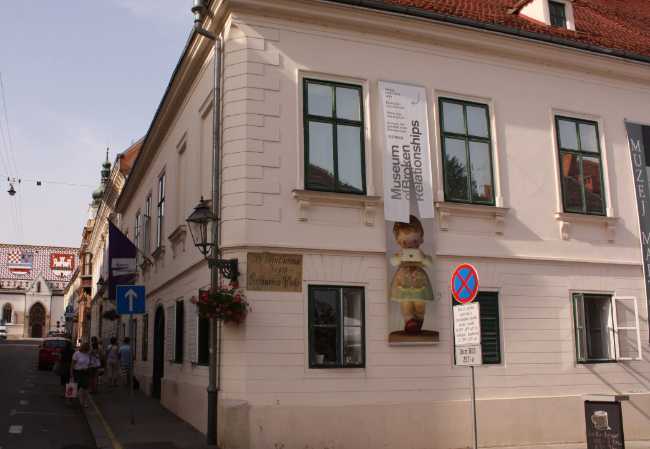
The Museum of Broken Relationships in Zagreb is a uniquely emotional and globally acclaimed cultural space dedicated to the remnants of failed love. Housed in the baroque Kulmer Palace in the city’s historic Upper Town, the museum showcases personal objects donated from around the world, each accompanied by a story of heartbreak, loss, or transformation. From a wedding dress to a toaster, these seemingly ordinary items become powerful symbols of human connection and memory. Founded by Olinka Vištica and Dražen Grubišić, the museum began as a traveling exhibition before establishing its permanent home in 2010. It has since won international awards and inspired satellite locations and pop-ups worldwide. Visitors are invited not only to view the collection but also to contribute their own stories, making the museum a living archive of emotional history. With its intimate atmosphere and thought-provoking displays, the Museum of Broken Relationships offers a deeply personal and universally relatable experience in the heart of Zagreb.
Zagreb CroatiaThe Museum of Broken Relationships is permanently located at Ćirilometodska 2, in the baroque Kulmer Palace in Zagreb’s Upper Town, a historic and atmospheric neighborhood known for its cobblestone streets and rich concentration of cultural attractions. This area, also called Gornji Grad, is the heart of old Zagreb and is easily accessible on foot from the city center or via public transport. The museum itself is just steps away from St. Mark’s Church, one of Zagreb’s most recognizable landmarks, famous for its colorful tiled roof. Also nearby are the Lotrščak Tower, which offers panoramic views of the city, and the Croatian Museum of Naive Art, making this part of the city a hub for history and the arts. The Upper Town is filled with charming cafes and restaurants, so visitors can easily find a place to relax before or after their museum visit. The museum’s own Brokenships Café provides a cozy spot for coffee and reflection, while the surrounding area invites exploration with its mix of monuments, galleries, and other specialty museums. The neighborhood’s compact layout means you can walk to many of Zagreb’s most celebrated sites, including Ban Jelačić Square, the city’s main plaza, and the shortest funicular in the world, which connects the Upper and Lower Towns.
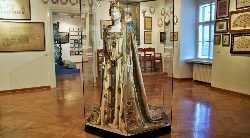 Zagreb City Museum
Zagreb
Zagreb City Museum
Zagreb
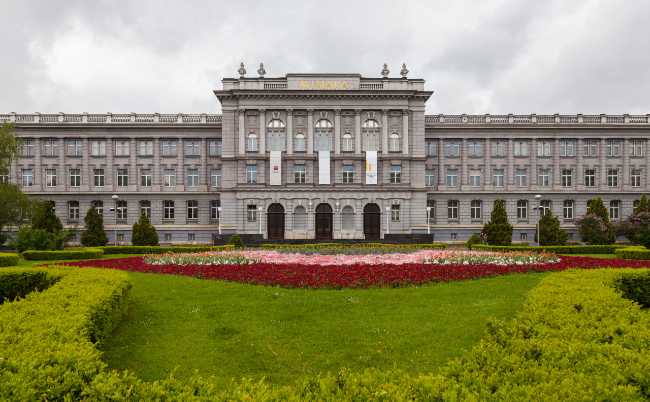 Mimara Museum
Zagreb
Mimara Museum
Zagreb
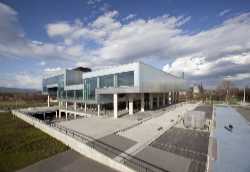 Museum of Contemporary Art
Zagreb
Museum of Contemporary Art
Zagreb
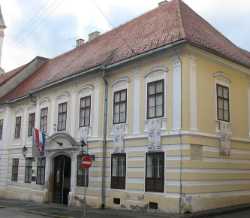 Croatian Museum of Naïve Art
Zagreb
Croatian Museum of Naïve Art
Zagreb
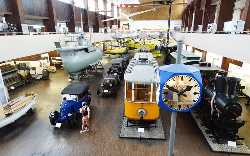 Technical Museum Nikola Tesla
Zagreb
Technical Museum Nikola Tesla
Zagreb
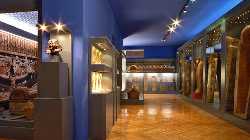 Archaeological Museum in Zagreb
Zagreb
Archaeological Museum in Zagreb
Zagreb
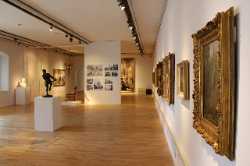 Klovićevi Dvori Gallery
Zagreb
Klovićevi Dvori Gallery
Zagreb
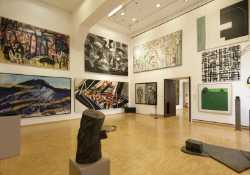 National Museum of Modern Art
Zagreb
National Museum of Modern Art
Zagreb
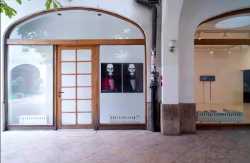 Galerija Nova
Zagreb
Galerija Nova
Zagreb
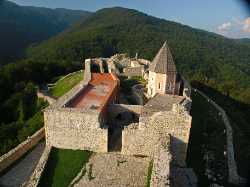 Medvedgrad Fortress
Zagreb
Medvedgrad Fortress
Zagreb
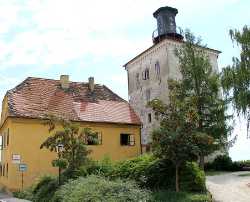 Lotrščak Tower
Zagreb
Lotrščak Tower
Zagreb
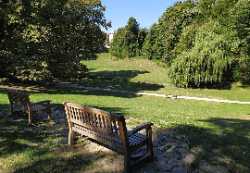 Maksimir Park
Zagreb
Maksimir Park
Zagreb
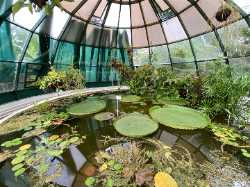 Botanical Garden of the Faculty of Science
Zagreb
Botanical Garden of the Faculty of Science
Zagreb
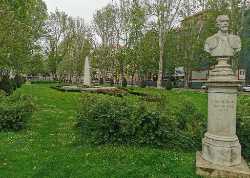 Zrinjevac Park
Zagreb
Zrinjevac Park
Zagreb
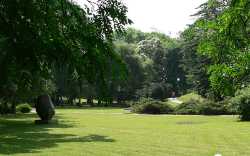 Ribnjak Park
Zagreb
Ribnjak Park
Zagreb
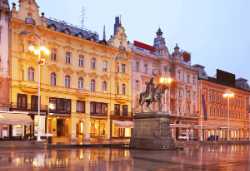 Ban Jelačić Square
Zagreb
Ban Jelačić Square
Zagreb
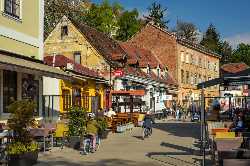 Tkalčićeva Street
Zagreb
Tkalčićeva Street
Zagreb
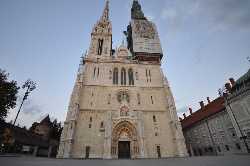 Zagreb Cathedral
Zagreb
Zagreb Cathedral
Zagreb
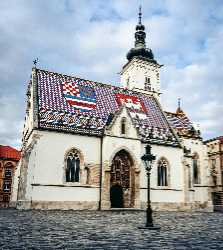 St. Mark’s Church
Zagreb
St. Mark’s Church
Zagreb
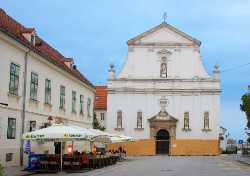 St. Catherine’s Church
Zagreb
St. Catherine’s Church
Zagreb
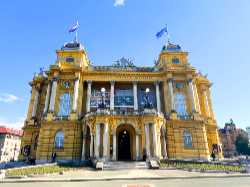 Croatian National Theatre
Zagreb
Croatian National Theatre
Zagreb
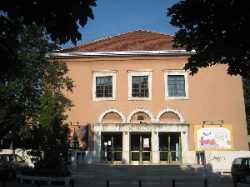 Komedija Theatre
Zagreb
Komedija Theatre
Zagreb
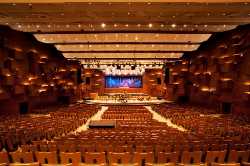 Lisinski Concert Hall
Zagreb
Lisinski Concert Hall
Zagreb
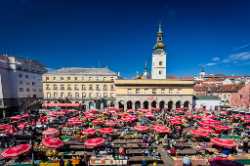 Dolac Market
Zagreb
Dolac Market
Zagreb
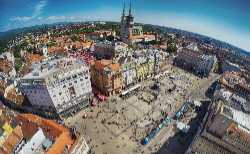 Zagreb 360°
Zagreb
Zagreb 360°
Zagreb
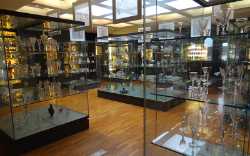 Museum of Arts and Crafts
Zagreb
Museum of Arts and Crafts
Zagreb
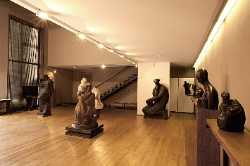 Meštrović Atelier
Zagreb
Meštrović Atelier
Zagreb
 Museum of Illusions Zagreb
Zagreb
Museum of Illusions Zagreb
Zagreb
 Ethnographic Museum Zagreb
Zagreb
Ethnographic Museum Zagreb
Zagreb
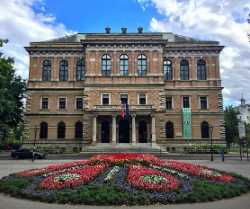 Strossmayer Gallery of Old Masters
Zagreb
Strossmayer Gallery of Old Masters
Zagreb
 Gliptoteka HAZU
Zagreb
Gliptoteka HAZU
Zagreb
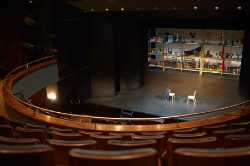 Gavella Drama Theatre
Zagreb
Gavella Drama Theatre
Zagreb
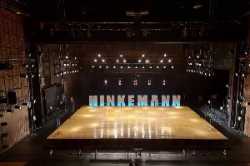 Zagreb Youth Theatre
Zagreb
Zagreb Youth Theatre
Zagreb
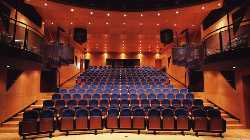 Zagreb Puppet Theatre
Zagreb
Zagreb Puppet Theatre
Zagreb
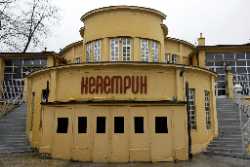 Satirical Theatre Kerempuh
Zagreb
Satirical Theatre Kerempuh
Zagreb
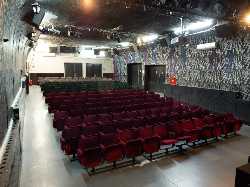 Teatar &TD
Zagreb
Teatar &TD
Zagreb
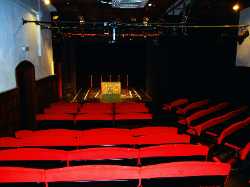 Mala Scena Theatre
Zagreb
Mala Scena Theatre
Zagreb
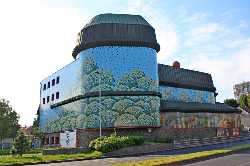 City Theatre Trešnja
Zagreb
City Theatre Trešnja
Zagreb
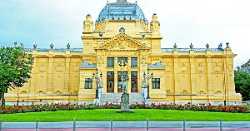 Art Pavilion
Zagreb
Art Pavilion
Zagreb
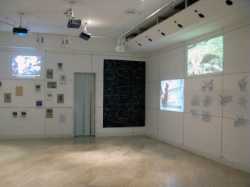 Galerija Miroslav Kraljević
Zagreb
Galerija Miroslav Kraljević
Zagreb
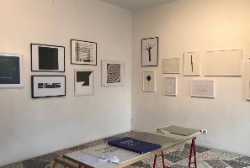 Galerija Greta
Zagreb
Galerija Greta
Zagreb
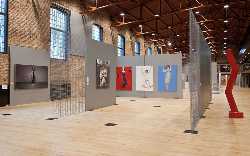 Lauba
Zagreb
Lauba
Zagreb
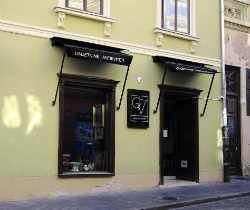 Vugrinec Gallery
Zagreb
Vugrinec Gallery
Zagreb